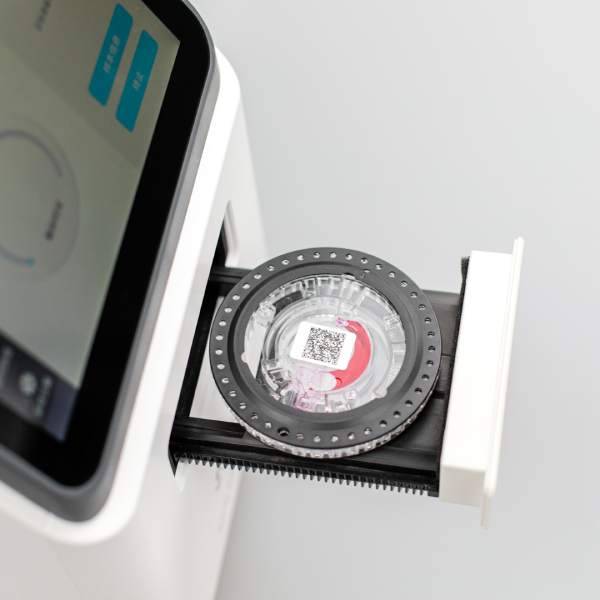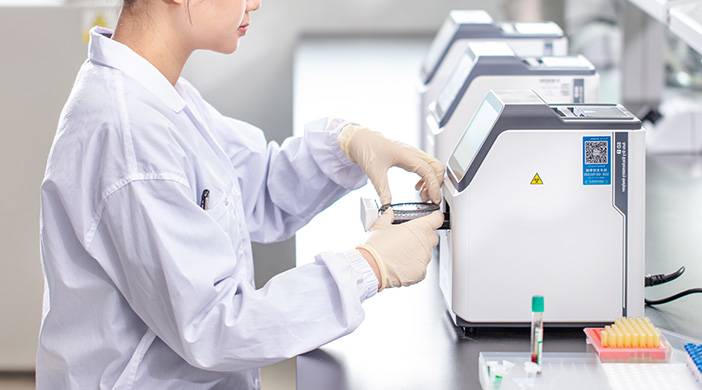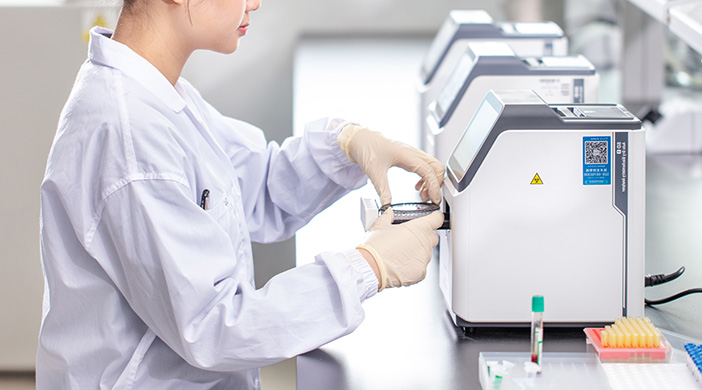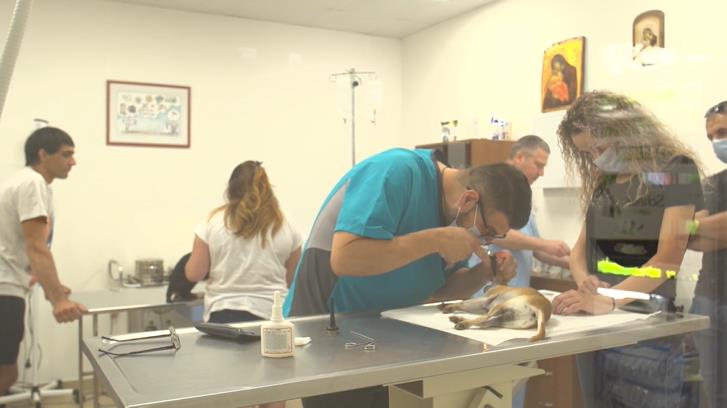release time:2021-08-31 13:54:08
Biochemistry analyzers, belong to the category of clinical diagnostic analyzers. Biochemistry analyzer is a test device used to test human liver function, kidney function, blood glucose, blood lipids, cardiac enzymes and ions and other testing items. Biochemistry analyzers generally use venous blood as the test sample to determine potential human diseases through the testing of the above items.

The third generation of biochemical analyzer is fully automatic biochemical analyzer. Fully automatic biochemical analyzer from the sample to the results of the whole process is completely automated by the instrument. The operator only needs to put the sample on the specific position of the biochemical analyzer and choose the program to start the instrument to take the test report.

2021-12-10
POCT is a specific test for each patient with different diseases. It meets the needs of patients in a timely manner and reduces unnecessary waste. The examiner can communicate with the patient face-to-face and have a better understanding of the clinical situation.

2021-11-11
On the contrary, the most important feature of POCT machine is "small, fast and non-professional operation". Theoretically, all kinds of blood markers can be detected. However, the most common ones are blood glucose, blood gas, blood coagulation, infectious diseases (viral and bacterial), liver function, kidney function, pregnancy test, urine test, cardiac markers, tumor markers, etc.

2021-09-03
An ordinary pet hospital needs at least one blood biochemistry analyzer, a blood analyzer, an X-ray machine, ventilator, anesthesia machine, and so on. And some instruments, cheap for humans, but very expensive for animals, such as blood pressure instrument, need 10 to 20,000 yuan. And the price of new technology and the latest medical equipment is even higher.